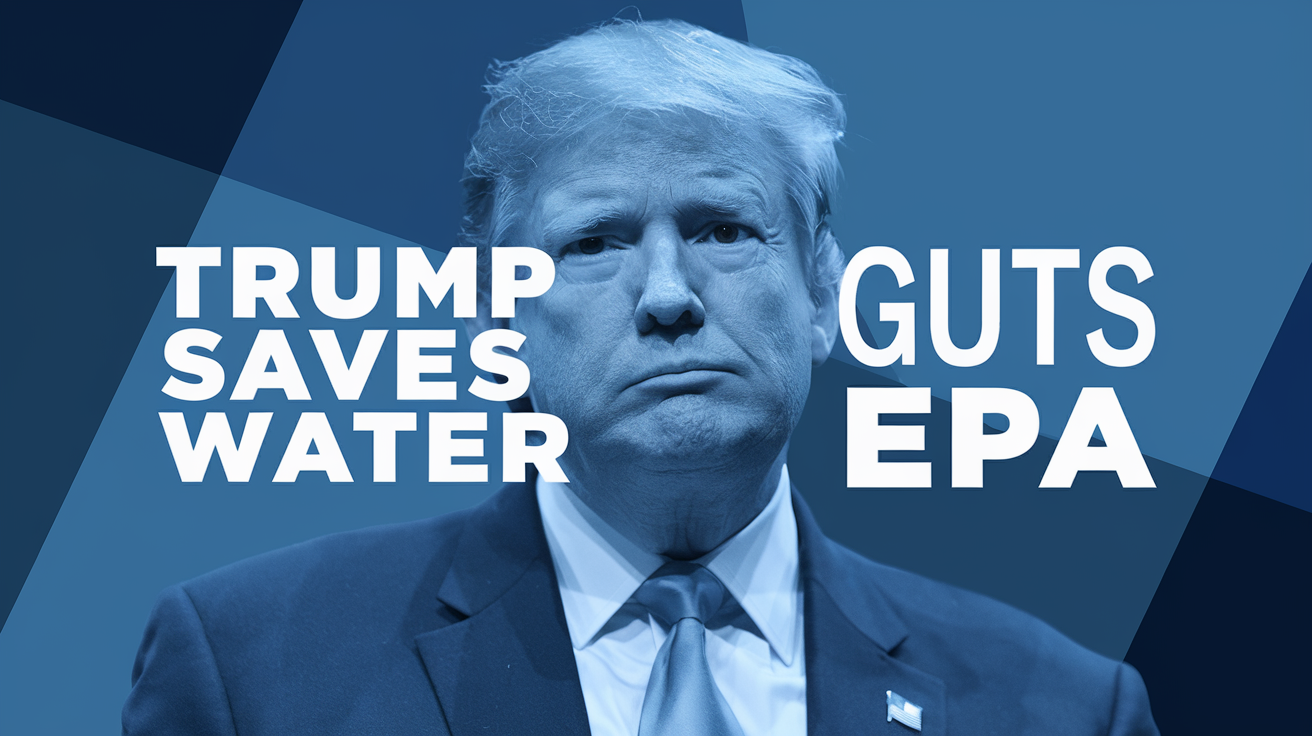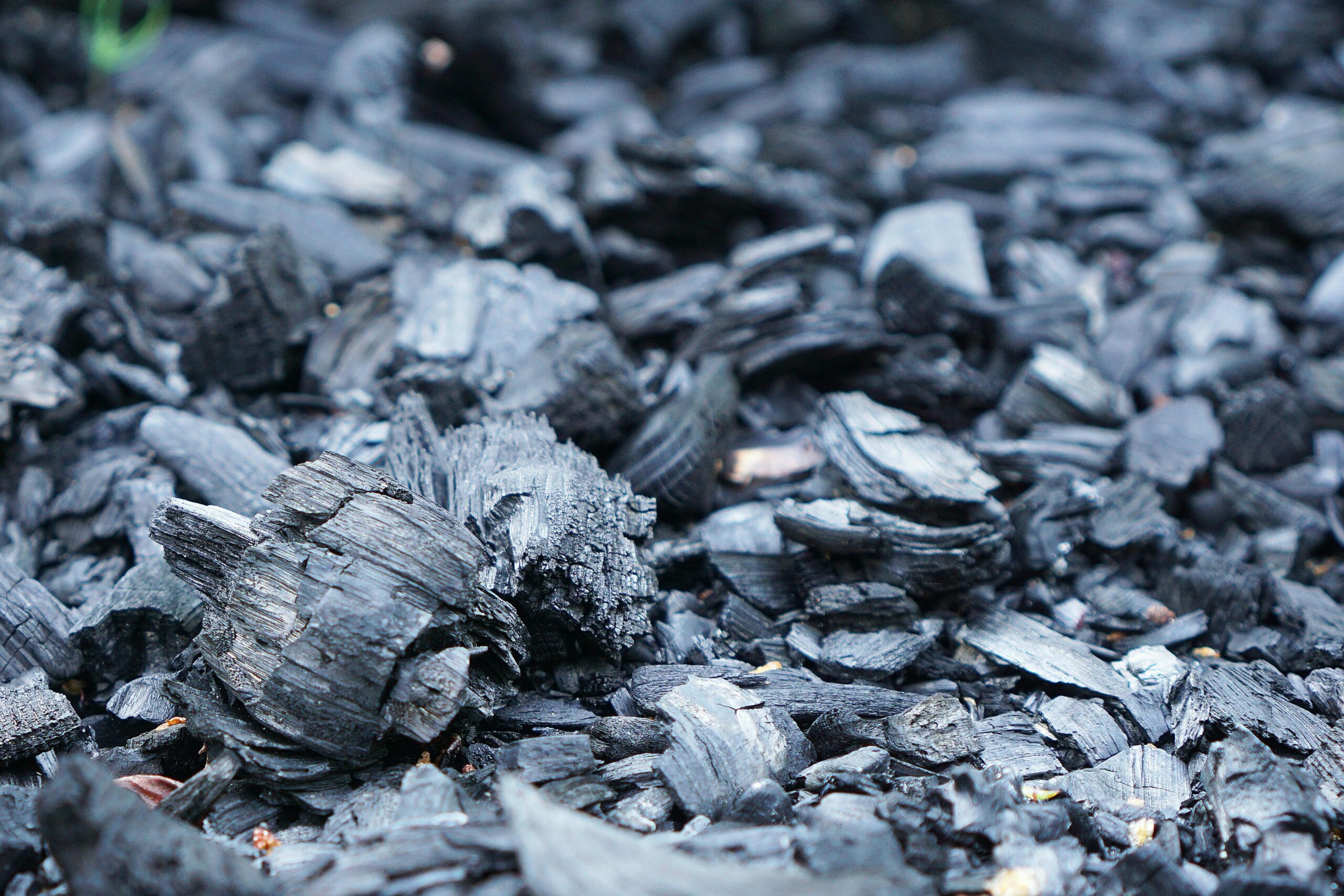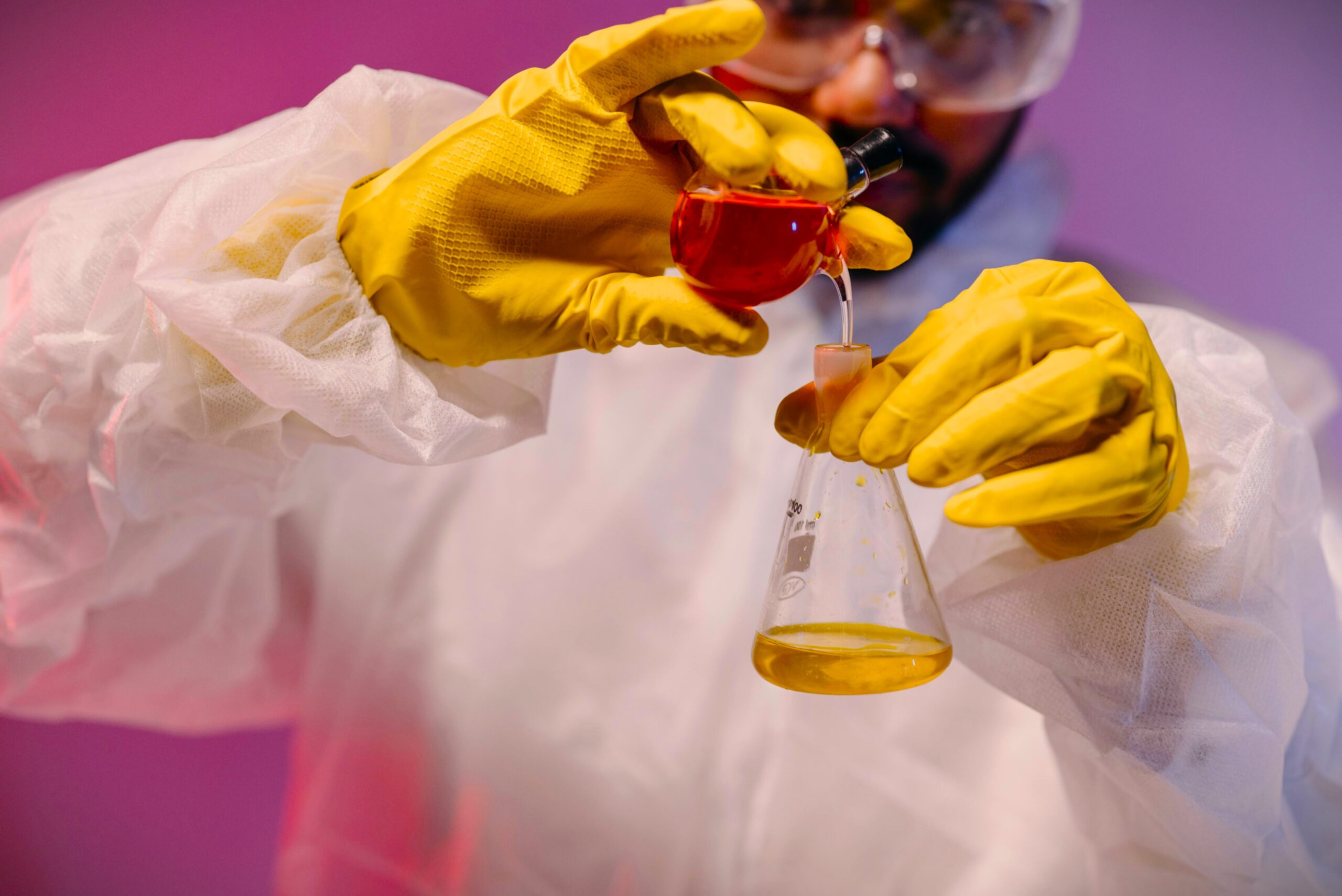The world of water filtration is mesmerizing, complicated, and confusing. Consumers face endless options that include whole house, countertop, under-the-sink, and refrigerator filters. To make matters worse, these products come to us with miracle claims and confusing certifications.
When you are choosing your next water filter, keep the following four secrets in mind. I promise you, the person selling you the filter is not likely to bring up these topics, or quite frankly, even be aware of them.
Secret #1 – Granular Activated Carbon (GAC) increases the chances that bacteria will grow in your system. GAC has long been a staple of the water treatment industry, and it is unlikely you will find a home purification system that does not include GAC. This media is excellent at trapping organic materials such as pesticides, oils, gasoline, pharmaceuticals, and many other toxic, carbon-based contaminants. GAC removes chlorine compounds as well as other materials that often cause water to have a foul odor or taste.
People with problematic water commonly sing the praises of filters containing GAC because the resultant water is far more appealing that the water going into the filter.
The two problems GAC presents are
- It has countless pores, i.e. nooks and crannies that allow it to trap both chemicals and living organisms
- It removes chlorine which allows living organisms to grow and cause contamination.
The Solutions
- Replace your carbon often. Check the manufacturers recommendations
- Do not store water that has been filtered by GAC for more than 48 hours
- Do a manual warm water detergent scrub of your pitcher/container every 48 hours.
- Wherever possible, sanitize your GAC filter with hot water weekly. Boiling water is preferable but be careful. GAC itself will stand up to steam but remember that the household filter is generally made of plastic and adhesives which may not stand up to high temperatures. If you do sanitize with hot/boiling water, be prepared to do a cold water rinse to drain and this process will cause a lot of carbon particles to slough off of the filter.
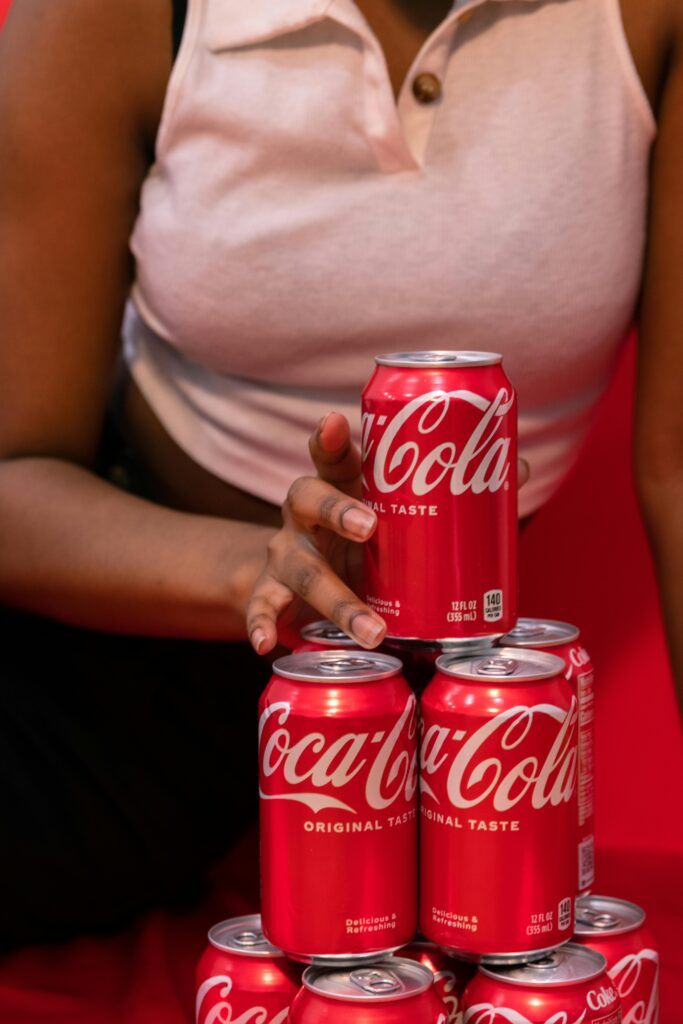
Coca Cola is so aware of the dangers presented by GAC that they steam sterilize their carbon filters between batches. This holds true for their Dasani bottled water as well!
Secret #2 – Found on the packaging of all filtration products are certifications provided by the NSF (National Sanitation Foundation) and the WQA (Water Quality Association). Not one of them provides a guarantee to produce safe drinking water.
The guarantees of percentage removal for a particular contaminant are not the same as guaranteeing that you will not be poisoned by a contaminant even with their filter in place. If the contamination level in the feed water is high enough, the filter can meet its removal percentage promise, and still poison you.
The protect yourself measure here when buying a filter is to get a copy of your local water analysis first. Look at the contaminants that are problematic. Next look at the guaranteed removal rate of that contaminant promised by your filter. Multiply the maximum level you have found of the contaminant in question by removal efficiency and that will tell you if this filter always provides safe water.

Brita is facing a class action lawsuit for the exact reasons spelled out in this section. People allegedly assumed that the Brita certifications meant the water coming out would be safe. Don’t assume. be safe!
Secret #3 – Ultraviolet Light (UV) can make your water more toxic that it was when it came from your faucet!
How can this be? Tom, you ask, is this just click bait? No, it is science.
UV does not “zap” and evaporate bacteria. It merely disables the energy/reproductive capability of the bacteria. Eventually, the bacteria will die. They will die, and just like rotting roadkill on our roads, the dead bacteria will rot, ferment, and provide food for new organisms to grow
Even worse, after becoming inactivated, bacteria become fragile and lyse (fragment), leaving proteinous particles throughout your filtered water. Fractured bacteria can release substances called endotoxin or pyrogens. These substances can cause serious problems in many individuals.
My suggestion? If you purchase a system with UV light, make sure that the fine print says, “eliminates and prevents the growth of bacteria”. Conversely, if the fine print says something like, “UV is shown to reduce bacteria”, then you need to move on because that filter is total garbage.
Now, you may ask yourself, how can all the doctorate degrees, master’s degrees, award recipients, paper writers, lab and testing experts not know this? How could such intelligent individuals allow bad filters to pass into our homes?
It is simple. The drinking water certification and manufacturing industry is largely run by unprincipled, health threatening imbeciles.
In invite you to examine the Curriculum Vitae of any such puffed shirt drinking water expert. You will find an exhausting amount of blabber about their testing ability and accomplishments. What won’t you find? You won’t find a list of water problems that these satchel asses have solved.
Think of it this way. The guys who run crash test dummy studies are very smart. But none of them ever designed a Ferrari or a Tesla.
Again, the important takeaway with any water system that uses UV light, is to look for the fine print that says, “this product guarantees to produce bacterial concentrations that satisfy the Safe Drinking Water Act. Look for the fine print that says, “we guarantee safe drinking water”. If you cannot find such language, the filter is junk and worse, it has been misrepresented as making water that is safe to drink.
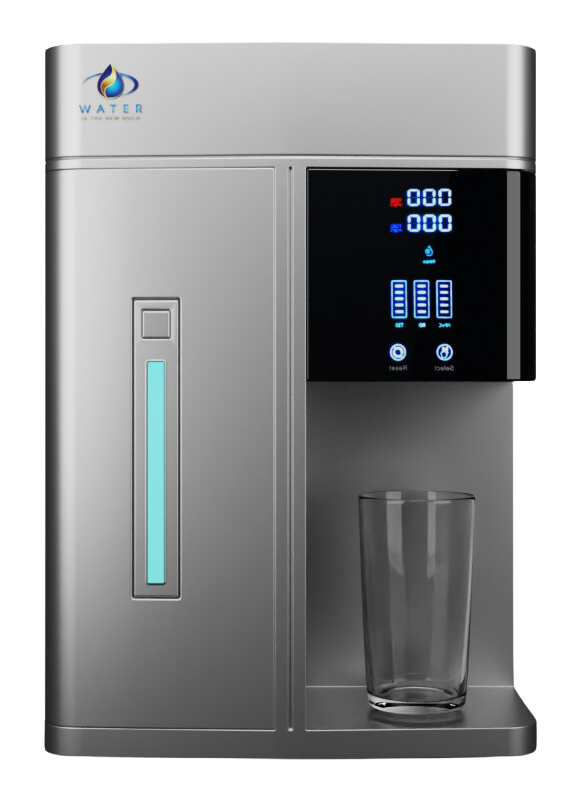
Bonus Secret #4 – The very-soon-to-be released VFS countertop water system will be the first and only water system that provides a guarantee of safe drinking water.
Watch us fill the nations trash bins with Brita, Zero, Culligan, Berkey and all the rest!




